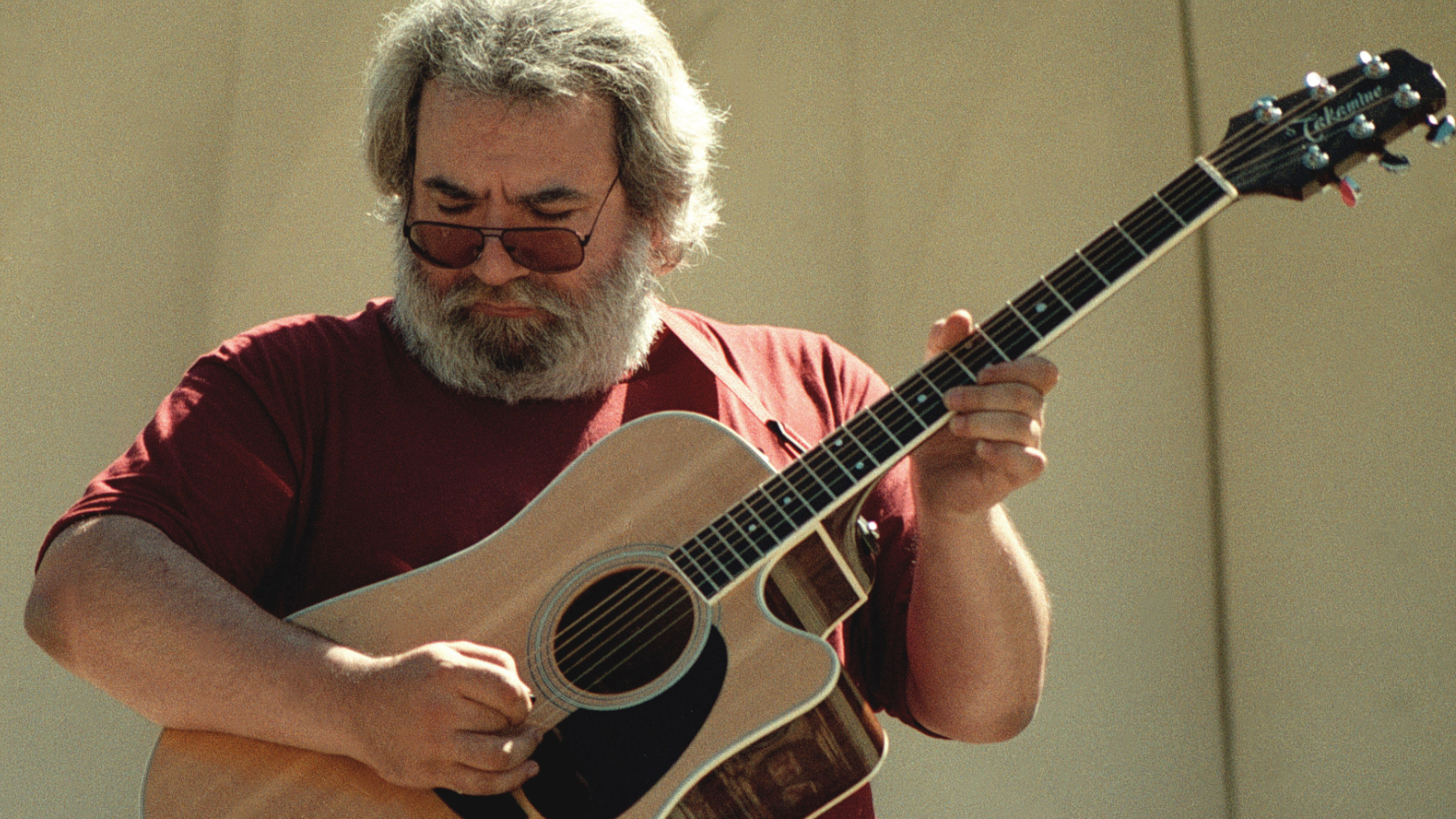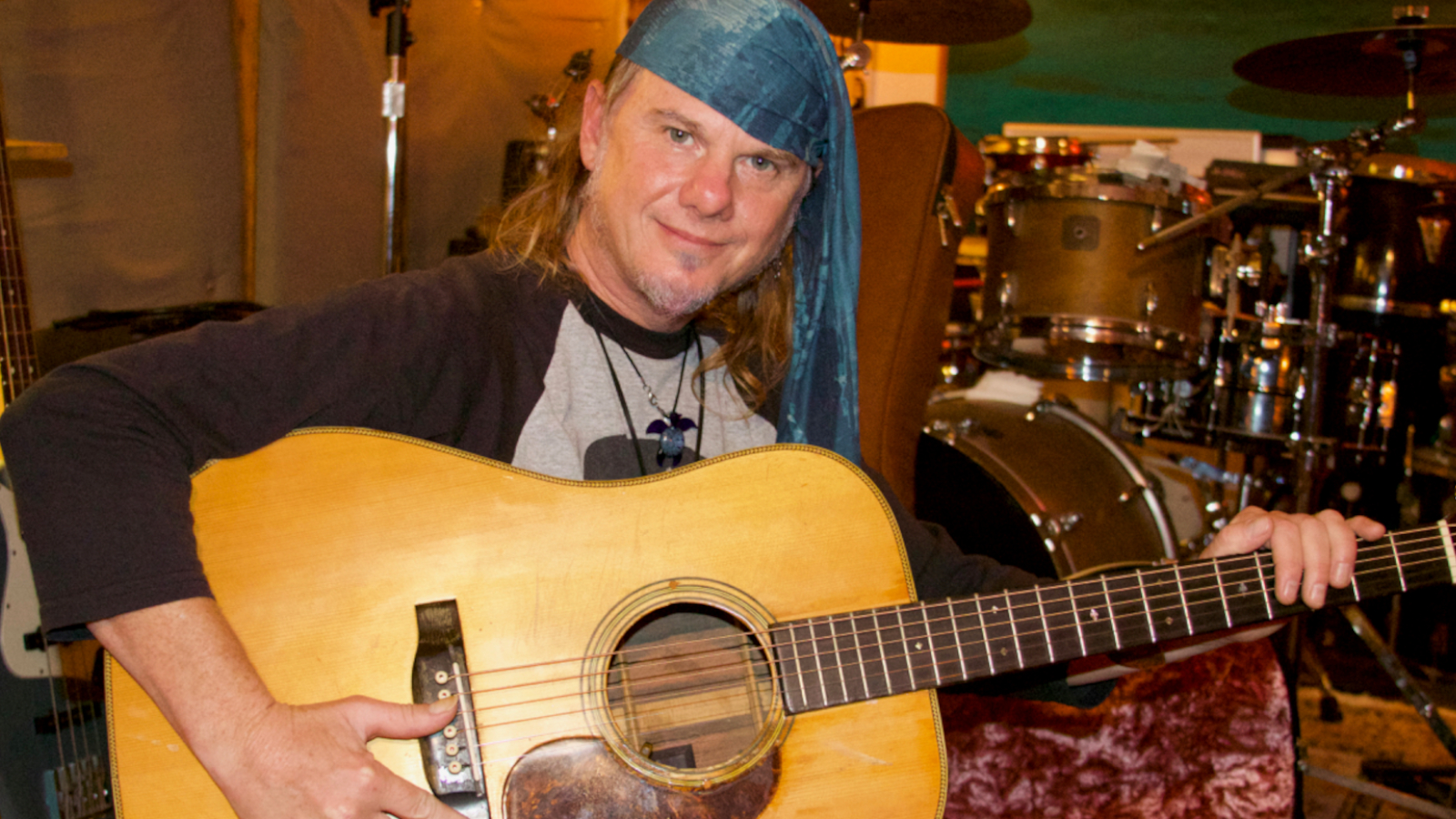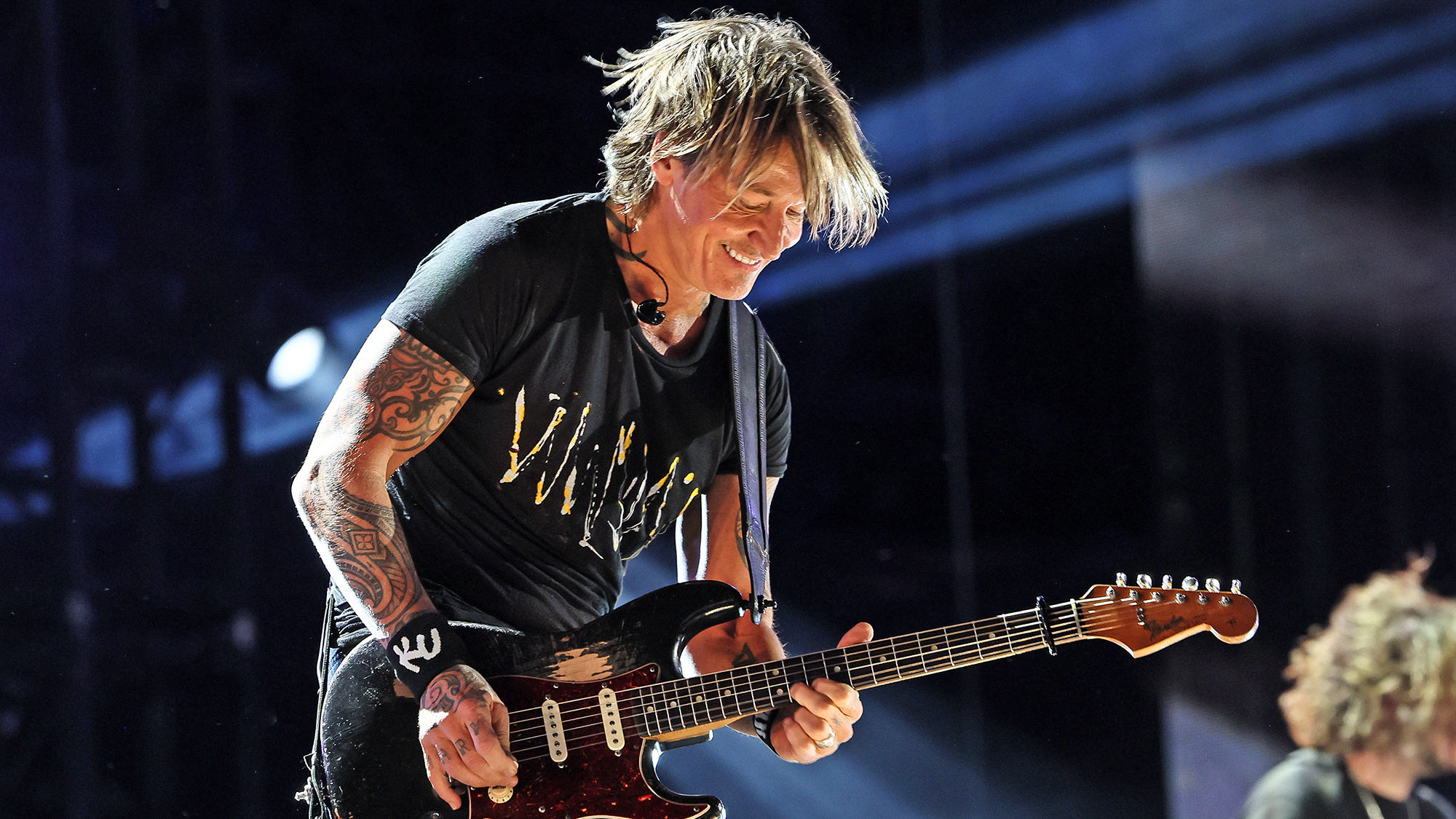Three Ways to Play the Grateful Dead Classic “Friend of the Devil”
Have fun learning one of the greatest acoustic tunes ever penned by psychedelic songster Jerry Garcia

No player bridged psychedelic San Francisco’s acoustic and electric guitar waters like Jerry Garcia.
To see what I mean, delve into the historic details of Jerry’s Herringbone Martin D-28 and his “Alligator” Fender Stratocaster in my recent features on the Grateful Guitars Foundation.
Honored with the opportunity to record a track using them at Lucky Recording Company, I reworked one of Garcia’s signature acoustic guitar tunes.
Check out Alligator’s flexibility on this Grateful Guitars cover of “Friend of the Devil.”
Here are insights I discovered on that epic trip…
Original Insights
“Friend of the Devil” was written by Garcia and John Dawson (New Riders of the Purple Sage) with lyricist Robert Hunter.
The Dead’s studio version from 1970’s American Beauty begins with a simple descending motif played by David Nelson (New Riders of the Purple Sage) that is quickly joined by Garcia’s meandering acoustic licks.
All the latest guitar news, interviews, lessons, reviews, deals and more, direct to your inbox!
David Grisman’s groovy mandolin playing adds to the acoustic jamboree.
Tuning is standard, in the key of G. The main motif is a diatonically descending G major scale played in quarter notes that outlines a I to IV verse chord progression: Play a bar of G, plus a bar of C, and then repeat.
The chorus chords are D and Amin7.
You can play everything in open position if you start the motif on the open G string, but peeping live videos of Garcia, I notice he begins in third position on the fourth string before switching to open position.
Tuning is standard, in the key of G
He starts by using the third finger for the G at the fifth fret, followed by the second finger at the fourth fret for F#.
He then switches to open position to play the E at the second fret with his second finger, followed by the open D string.
Jerry plays the second half of the motif out of a C chord formation, walking the bass notes on the fifth string from C down to B, hitting the open A string and landing on the G at the third fret of the sixth string.
Interestingly, he sometimes played that using his pinkie. He probably found it easier to stretch that way while holding the top half of the C chord above, which equates to an Amin7 with a G in the bass at that point.
Cop a Swing Feel
The studio version has a swing feel: “1 a-2, 3 a-4.” You can achieve it by plucking a ghostly G note with an upstroke on the open third string for the “a” while using downstrokes to play the main quarter notes.
As the tune progresses, it takes on a jubilant, rollicking feeling. For a galloping giddy-up, try using a “down, down-up-down” plucking pattern to achieve a feel of “1 and a 2 and a 3 and a 4.”
That can either be precisely focused on individual notes, or opened up for a lively feel like boom chicka boom chicka.
For the latter, downstroke on the first note, then do a down-up stroke on the second and third strings for maximum chordal resonance.
Next Level: Open It Up
Put the guitar in open G to add more jangle (low to high: D G B D G B). Play both halves of the lick Jerry’s way, as the fingering now remains the same.
For chords, try a partial barre instead of a full one. For example, find the V chord at the seventh fret, but only barre strings five through three. Leave the top two and the bottom string ringing open for a huge D.
Use that same partial barre to add cool suspensions in the chorus and bridge, which includes II, IV and V chords played at the second, fifth and seventh frets, respectively.
Advanced Level: Try It My Way
Honoring Garcia’s creative spirit, I spiced up the rhythm and applied the A modal tuning associated with my group, Spirit Hustler (low to high: E A E E A E).
I brought the key up to B for vocal considerations, using a capo at the second fret.
The root is still on the fifth fret, and the partial-barre trick applies similarly.
Refer to this Frets Learn article to cop the “fingerstyle slap” technique I incorporated to take “Friend of the Devil” to another level.

Jimmy Leslie has been Frets editor since 2016. See many Guitar Player– and Frets-related videos on his YouTube channel, and learn about his acoustic/electric rock group at spirithustler.com.
Jimmy Leslie is the former editor of Gig magazine and has more than 20 years of experience writing stories and coordinating GP Presents events for Guitar Player including the past decade acting as Frets acoustic editor. He’s worked with myriad guitar greats spanning generations and styles including Carlos Santana, Jack White, Samantha Fish, Leo Kottke, Tommy Emmanuel, Kaki King and Julian Lage. Jimmy has a side hustle serving as soundtrack sensei at the cruising lifestyle publication Latitudes and Attitudes. See Leslie’s many Guitar Player- and Frets-related videos on his YouTube channel, dig his Allman Brothers tribute at allmondbrothers.com, and check out his acoustic/electric modern classic rock artistry at at spirithustler.com. Visit the hub of his many adventures at jimmyleslie.com
